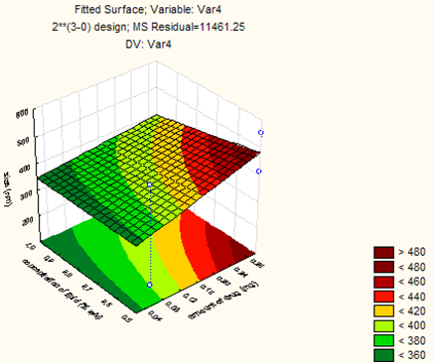Abstract
Acyclovir, the first agent to be licensed for the treatment of herpes simplex virus infections, is the most widely used drug for infections such as cutaneous herpes, genital herpes, chicken pox, varicella zoster infections with an oral bioavailability of only 10 to 20 % (limiting absorption in GIT to duodenum and jejunum), half-life about 3 hrs, soluble only at acidic pH (pKa 2.27). Liposomal drug delivery systems of acyclovir have been designed and optimized using 3² full factorial designs. PEGylated Liposomes were prepared by thin film hydration method. From the preliminary trials, the constraints for independent variables X1 (amount of Acyclovir), X2 (amount of Phospholipids) and X3 (amount of cholesterol) have been fixed. The derived polynomial equations for Particle size, % drug entrapment and zeta potential were verified by check point formulation. The prepared formulations were further evaluated for drug content, in vitro drug releases pattern, and stability. The application of factorial design gave a statistically systematic approach for the formulation and optimization of PEGylated Liposome desired particle size and high entrapment efficiency. Concentration of drug, Lipid and cholesterol were found to influence the particle size and entrapment efficiency of acyclovir loaded PEGylated Liposome. The release was found to follow first order release kinetics with Higuchi mechanism for optimized batches. These preliminary results indicate that acyclovir loaded PEGylated Liposome could be effective in sustaining drug release for a prolonged period.
Full text article
Authors

This work is licensed under a Creative Commons Attribution-NonCommercial-NoDerivatives 4.0 International License.

